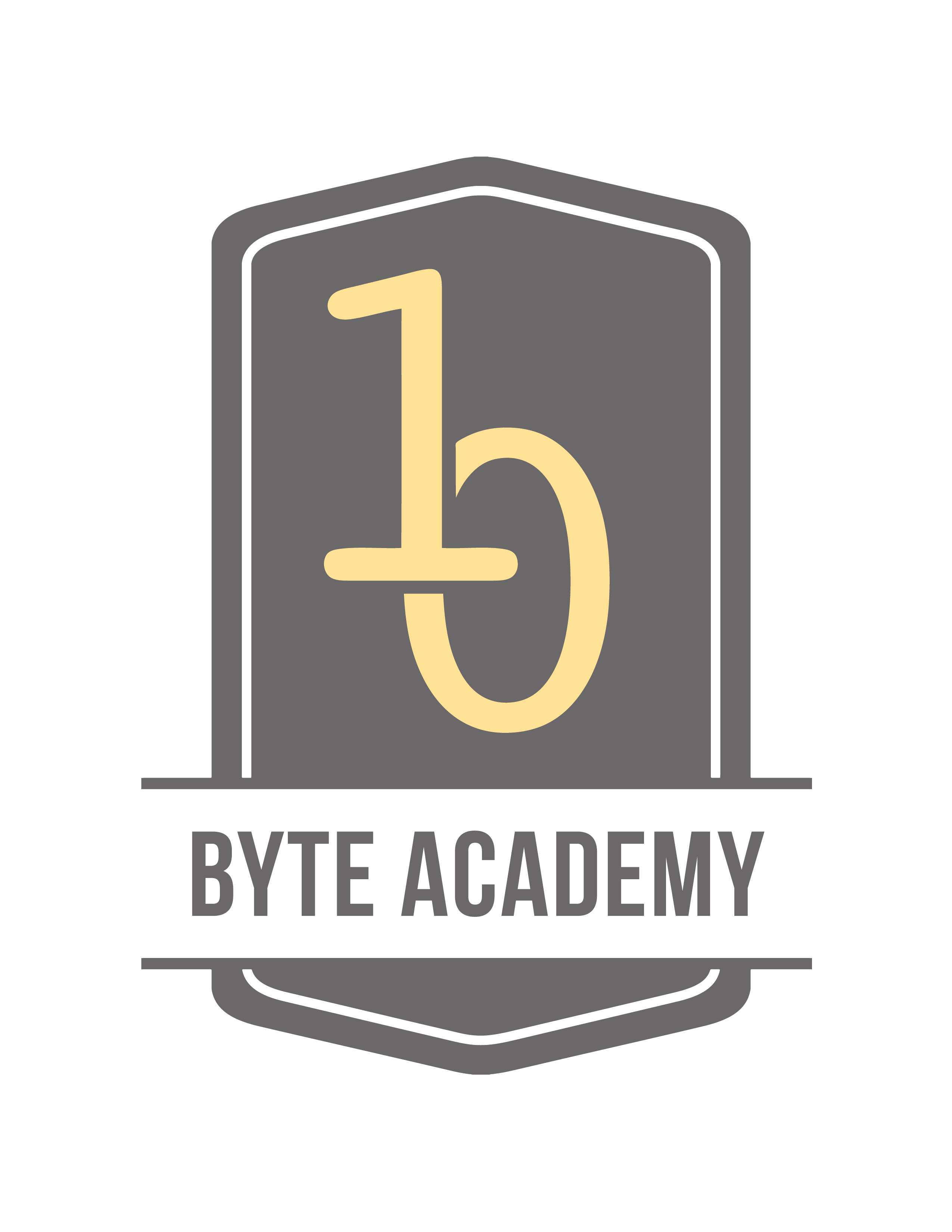De Beers, the world’s biggest diamond producer, has tracked its first diamonds all the way from the mine to the jewelry producer using blockchain, the technology behind Bitcoin. It is even planning to launch a platform for other diamond retailers later this year which uses blockchain to track a diamond through the entire value chain. Known as Tracr, the program gives each stone a unique ID that stores diamond characteristics such as weight, color and clarity.
De Beers has been in collaboration with five other major diamond manufacturers, Diacore, Diarough, KGK Group, Rosy Blue NV, and Venus Jewel for Tracr’s development. Improving transparency within the diamond industry is key for the joint initiative. Amit Bhansali, Managing Director of Rosy Blue NV, states, “Initiatives that use blockchain can drive this process even further as their implementation requires collaboration and trust creation among all industry stakeholders.”
Diamonds aren’t the only industry in the luxury market harnessing blockchain’s power; companies in areas such as the handbags and fine arts also are utilizing this technology. They want to ensure authenticity and verify that, indeed, the bag you’re holding really is a Hermes Birkin, or, that painting is indeed a Warhol.
On a larger scale, the advent of blockchain may solve the problem of counterfeit goods in global trade with luxury goods being amongst areas hit the hardest. According to the Organization for Economic Cooperation and Development, imports of counterfeit goods are worth nearly half a trillion dollars annually, making up 2.5% of global imports, and it’s American, Italian, and French brands that are hit the hardest.
With blockchain as the standard, consumers will less likely be fooled by knockoffs, and they will be more certain that their money is being well spent. Two companies facilitating this consumer certainty include VeChain and Luxochain. Both are using blockchain in order to ensure the authenticity of goods and help track items even after purchase to ensure that they aren’t lost or stolen.
Blockchain’s secure nature is key to its application in diamonds and luxury goods. From a technical perspective, each entry, or node, of the blockchain is connected to the next, which contains specific information about the product, including its current owner and a timestamp. The data at one node cannot be manipulated without access to all subsequent nodes. Because a blockchain is an open, distributed ledger, there is no centralized database. Hence, the data cannot be tampered with - it is secure.
Take the example a designer handbag again. At production, that designer handbag is tagged with a unique serial code and registered on a luxury goods blockchain app, such as VeChain or Luxochain. At each point through the supply chain, it is scanned. New nodes are added onto the blockchain representing the bag, updating the ownership and timestamping it each time. When it reaches stores, a consumer can walk in, scan this bag to ensure that it is truly genuine, and follow through with the purchase if he or she so desires. At this point, the transaction is placed on the blockchain, and the bag’s new official owner is the customer. This blockchain solution is a simple process, and one that adds security and ease of mind.
Liked what you read? Checkout Byte Academy's Software Development and Intro to Python courses.


